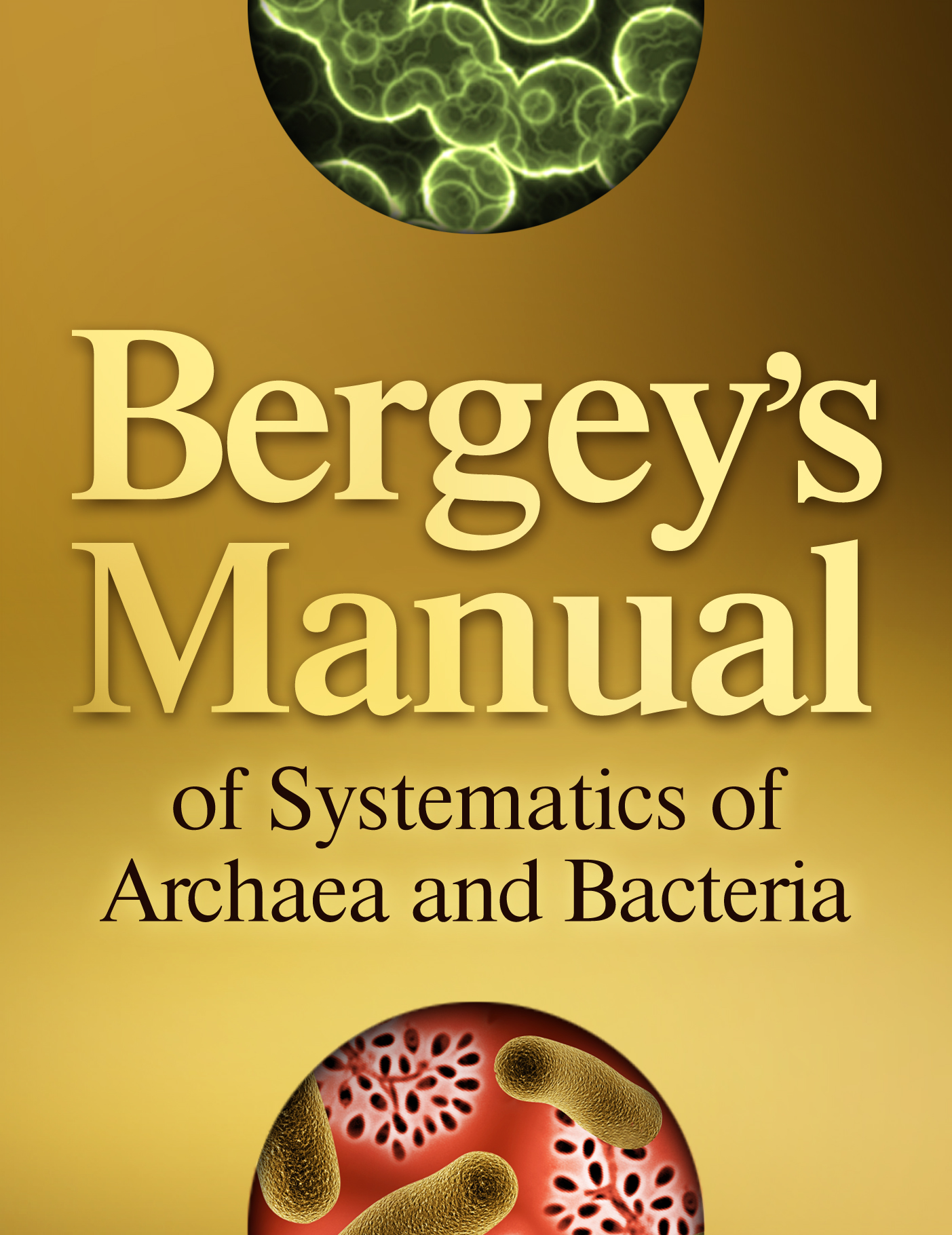Acidobacteriaceae †,‡
Abstract
A.ci.do.bac.te.ri.a.ce'ae. N.L. neut. n. Acidobacterium, type genus of the family; suff. -aceae, ending to denote a family; N.L. fem. pl. n. Acidobacteriaceae the Acidobacterium family.
Acidobacteria / Acidobacteriia / Acidobacteriales / Acidobacteriaceae
The Acidobacteriaceae are delineated from other taxa based on 16S rRNA gene analysis and represent the first validly described family of the class Acidobacteriia (formerly: subdivision 1 Acidobacteria) and the order Acidobacteriales. Cells are coccoid to rod-shaped and stain Gram-negative. In older cultures cell rosettes can occur. They divide by binary fission and do not form spores. Capsule formation is variable. In some genera motility occurs. Representatives of the family Acidobacteriaceae are aerobic, microaerobic, or facultatively anaerobic. Most species are oxidase negative. Under microaerophilic conditions reductive dissolution of ferric iron minerals occurs in some species. Members of the Acidobacteriaceae are chemoorganotrophic mesophiles, which display their growth optimum at lower pH values but also survive near-neutral pH values. Acidobacteriaceae mainly use monomeric sugars as carbon and energy source, but many can also degrade complex carbohydrates such as cellulose, chitin, starch, or xylan. Phosphatidylglycerol, diphosphatidylglycerol, phosphatidyltethanolamin and various unidentified glycolipids, and unidentified phospholipids or aminophospholipids constitute the polar lipids. Major fatty acids are iso-C15:0, C16:0, C16:1 ω7c or (C16:1 ω6c or iso-C15:0 2-OH), iso-C17:0, iso-C17:1 ω7c or ω9c. Members of some genera also contain C18:0 and C18:1 ω9c. After direct acid hydrolysis of biomass, 13,16-dimethyl octacosanedioic acid (iso-diabolic acid) is detected in higher amounts in all members tested to date. Members of the family Acidobacteriaceae have been isolated from different types of soils (i.e., peat bogs, savannah, and tundra soils), acidic mine drainage, water, cherry bark, but also termite hindguts.



